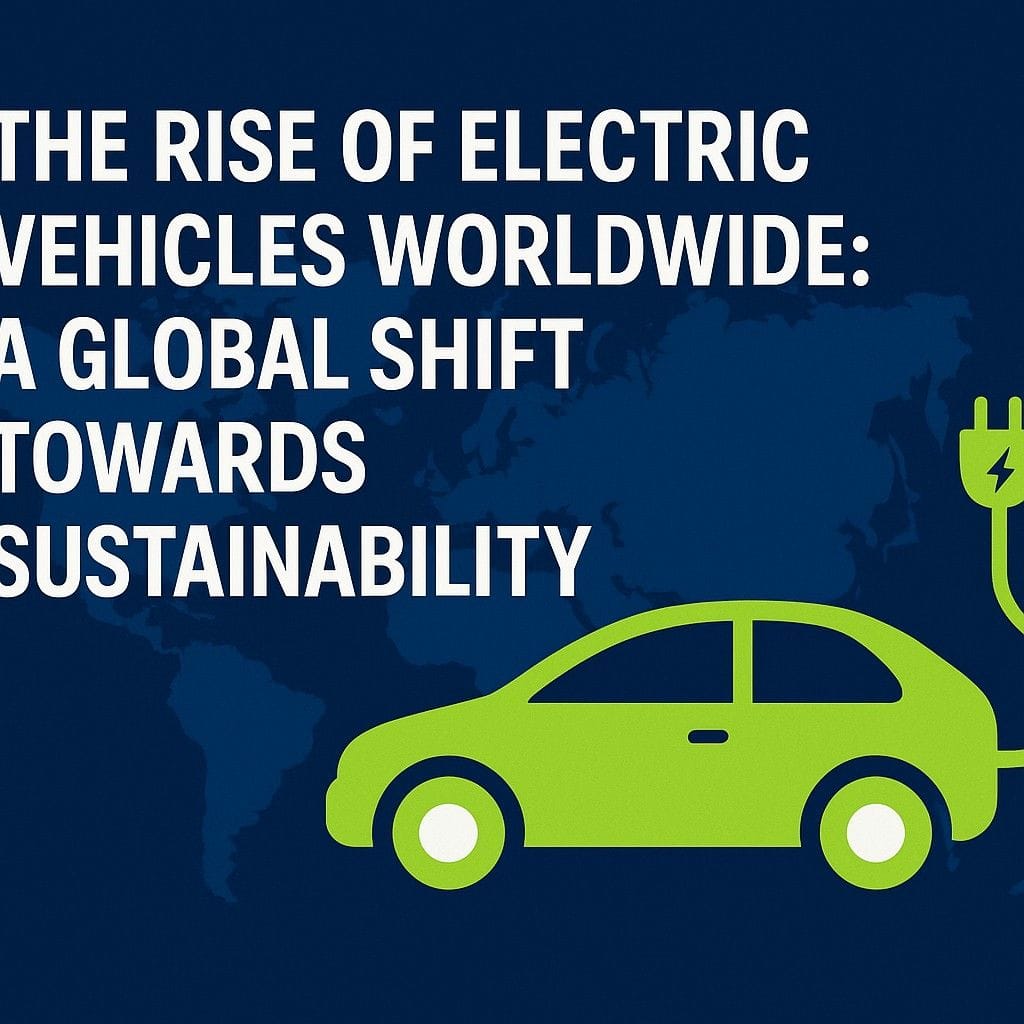
Contents
The Rise of Electric Vehicles Worldwide: A Global Shift Towards Sustainability
Introduction
Electric vehicles (EVs) are no longer just a futuristic concept—they are quickly becoming the new standard of transportation worldwide. With climate change and carbon emissions posing serious threats, governments and industries are increasingly embracing EVs as a sustainable alternative to traditional internal combustion engines (ICEs).
Why EVs Are Gaining Popularity
Several factors are contributing to the global rise of EVs in 2025:
- Environmental Benefits: EVs produce zero tailpipe emissions, significantly reducing air pollution in urban areas.
- Cost-Effectiveness: Although initial purchase costs may be higher, EVs have lower maintenance and fuel costs over time.
- Government Incentives: Many countries are offering tax breaks, subsidies, and free charging infrastructure to encourage EV adoption.
- Technological Advancements: Improvements in battery technology are extending EV range and reducing charging times.
Global Leaders in EV Adoption
Several countries are leading the charge in EV transformation:
- China: The largest EV market, supported by massive government investment and local EV giants like BYD and NIO.
- Norway: Nearly 80% of new vehicles sold are electric, thanks to aggressive green policies and high fuel taxes.
- United States: Tesla continues to dominate, and recent government policies are pushing legacy automakers toward electrification.
- Germany: A key player in Europe, with Volkswagen and BMW leading EV production and innovation.
Challenges in EV Expansion
Despite rapid growth, EV adoption still faces some obstacles:
- Charging Infrastructure: Many regions lack enough charging stations, especially in rural areas.
- Battery Raw Materials: The extraction of lithium, cobalt, and nickel raises environmental and ethical concerns.
- High Upfront Cost: While total cost of ownership is lower, initial purchase price remains a barrier for many consumers.
- Grid Readiness: Increased electricity demand could strain outdated power grids in developing nations.
The Future of Electric Mobility
The future looks promising for EVs. Experts predict that by 2030, over 50% of new car sales globally will be electric. Automakers are shifting focus to EV-only lineups, and advances in solid-state batteries could revolutionize range and charging speeds. Moreover, electric public transport and two-wheelers are also gaining traction, especially in densely populated regions of Asia.
Conclusion
The global transition to electric vehicles is more than a trend—it’s a necessary shift toward a greener, more sustainable future. As technology improves and costs come down, EVs are set to dominate the roads worldwide. Governments, businesses, and individuals must collaborate to accelerate this shift and overcome the challenges ahead.
Samsung Galaxy S26 Ultra – Everything You Need to Know About This Game-Changing Beast!








